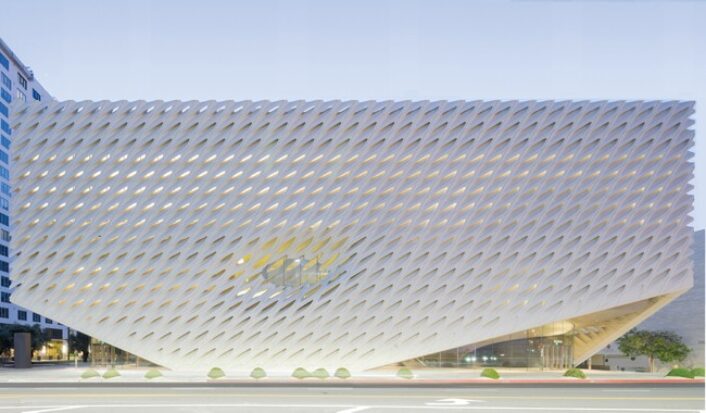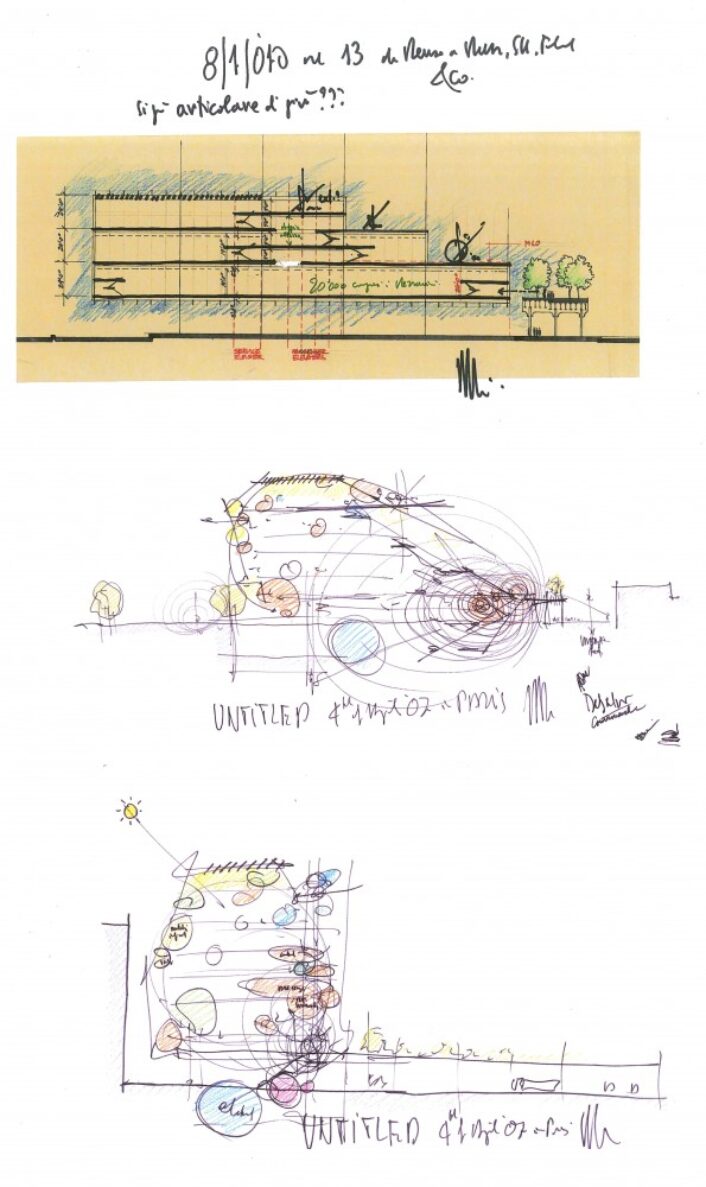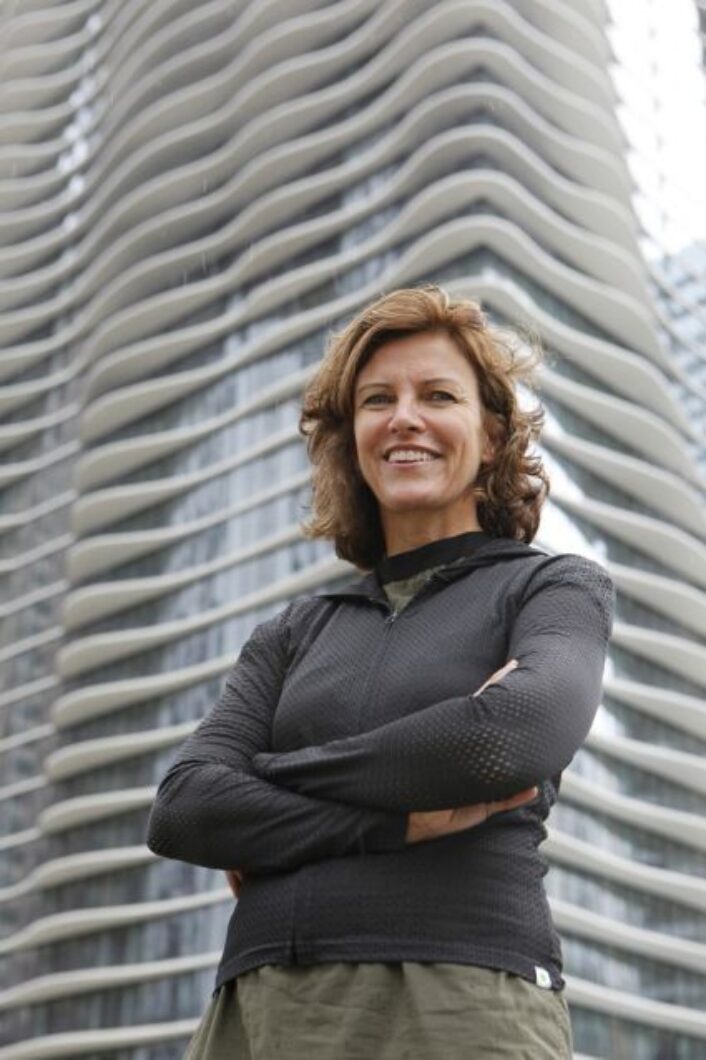Architecture
Now open- Academy Museum of Motion Pictures
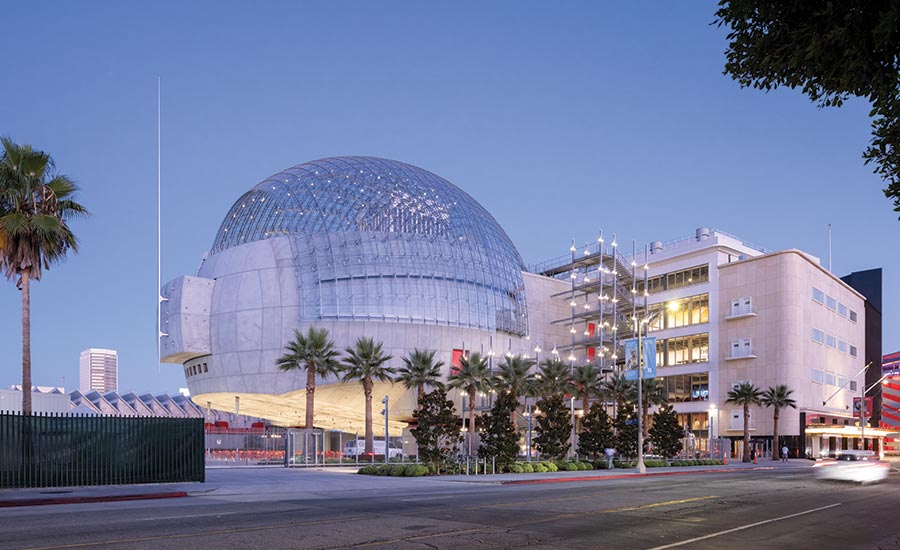
The total tally for the building came in at almost $500 million.
Image courtesy of: Architectural Record, photographed by: Iwan Baan
Recently, the Academy Museum of Motion Pictures opened in Los Angeles… the unveiling was way overdue. The museum is the country’s largest institution devoted to filmmaking; the art’s history, social impacts, artists, and technology will all be part of the history on display.
Both financial problems, construction delays, and the never-ending pandemic pushed the opening date back several times. However now, the Renzo Piano-designed structure is open to much well-deserved acclaim. The museum, called this is a stunning addition to Los Angeles’ Museum Row.
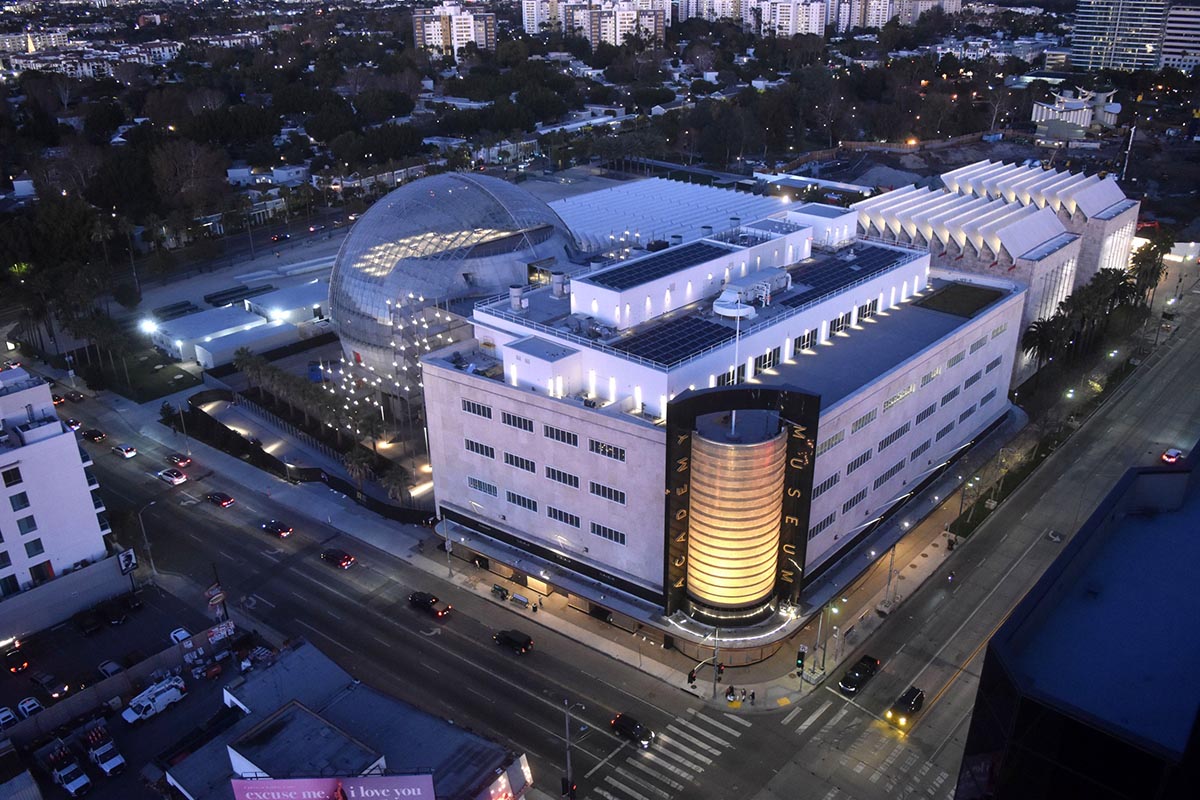
The globe has a footprint of 45,000-square-foot and the Saban Building is enormous at 250,000-square-foot.
Image courtesy of: World Architecture Community
The site is on the footprint of the former May Company department store, a 1939 Streamline Moderne structure now called the Saban Building. The Italian architect was enlisted for his revolutionary designs… in addition to the “dome,” Piano beautifully renovated the gracelessly aging building. In addition to reinvigorating the five-story landmark; the distinctive golden mosaic-clay cylinder facade is the highlight.
About the structure, the architect said (courtesy of Surface Magazine), “The Academy Museum gives us the opportunity to honor the past while creating a building for the future- in fact, for the possibility of many futures. The historic Saban Building is a wonderful example of Streamline Moderne style, which preserves the way people envisioned the future in 1939.”
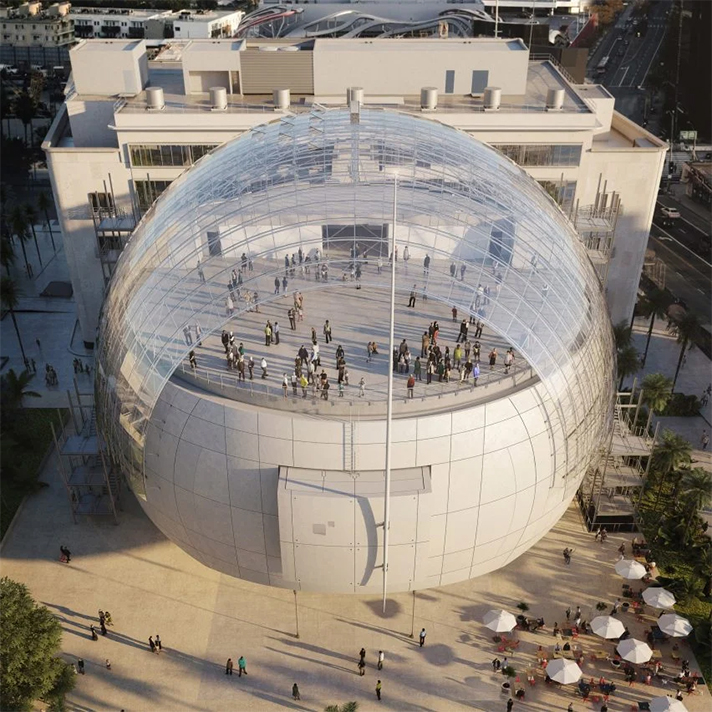
Adding the new to the old was intentional, “By connecting these two experiences we create something that is itself like a movie. You go from sequence to sequence, from the exhibition galleries to the film theater and the terrace, with everything blending into one experience.”
Image courtesy of: Dezeen
With the restoration, Piano replaced 35% of the cylinder’s 350,000 original gold leaf mosaic tiles which had come from Italy. Restoring the façade with Texas limestone and updating the interior allowed for space for 50,000-square-feet of gallery space, in addition to a café and a shop.
Continuing onward, you reach the “Sphere,” a structure that mimics a gigantic snow globe; inside is the 1,000-seat David Geffen Theater and the Dolby Family Terrace. Named after the founder of DreamWorks, the blood-red theater will host major film screenings. About the structure, Piano said, “The Sphere Building is a form that seems to lift off the ground into the perpetual, imaginary voyage through space and time that is moviegoing. By connecting these two experiences, we create something that is itself like a movie. You go from sequence to sequence, from the exhibition galleries to the film theater and the terrace with everything blending into one experience.”
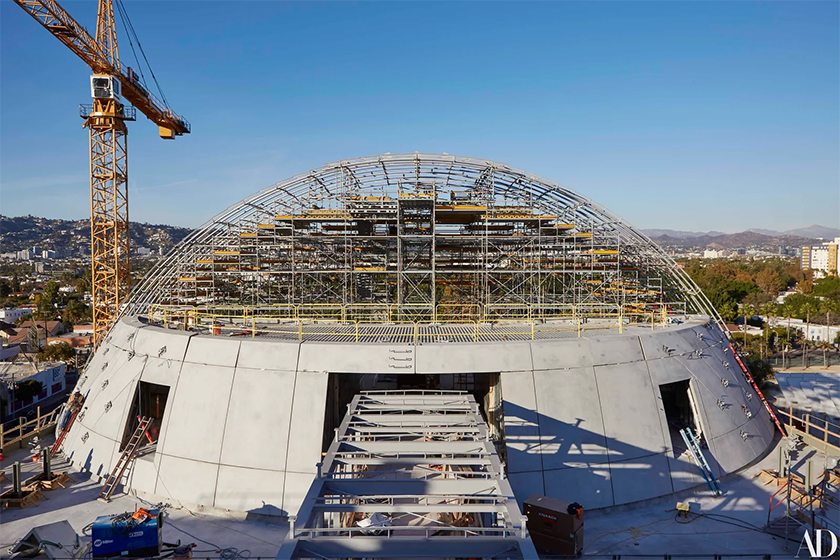
The Sphere prior to being encasing.
Image courtesy of: Architectural Digest
A journey into the future is another way to explain the intention behind the merging of the Saban Building and the Sphere. Piano hoped that traveling from one building to the next will resemble moving from one film sequence to the next when watching a movie.
Inside the museum, the permanent exhibition is based on the museum’s own collection, the collections of the Academy of Motion Picture Arts & Sciences, and the Academy Film Archive… altogether, a total of more than 300,000 objects that include documents, books, props, costumes, photographs, technical equipment, settings, production art, audio recordings, and of course… films. In addition to film screenings, the program of events and activities includes interactive installations, educational activities, and special events and exhibitions.
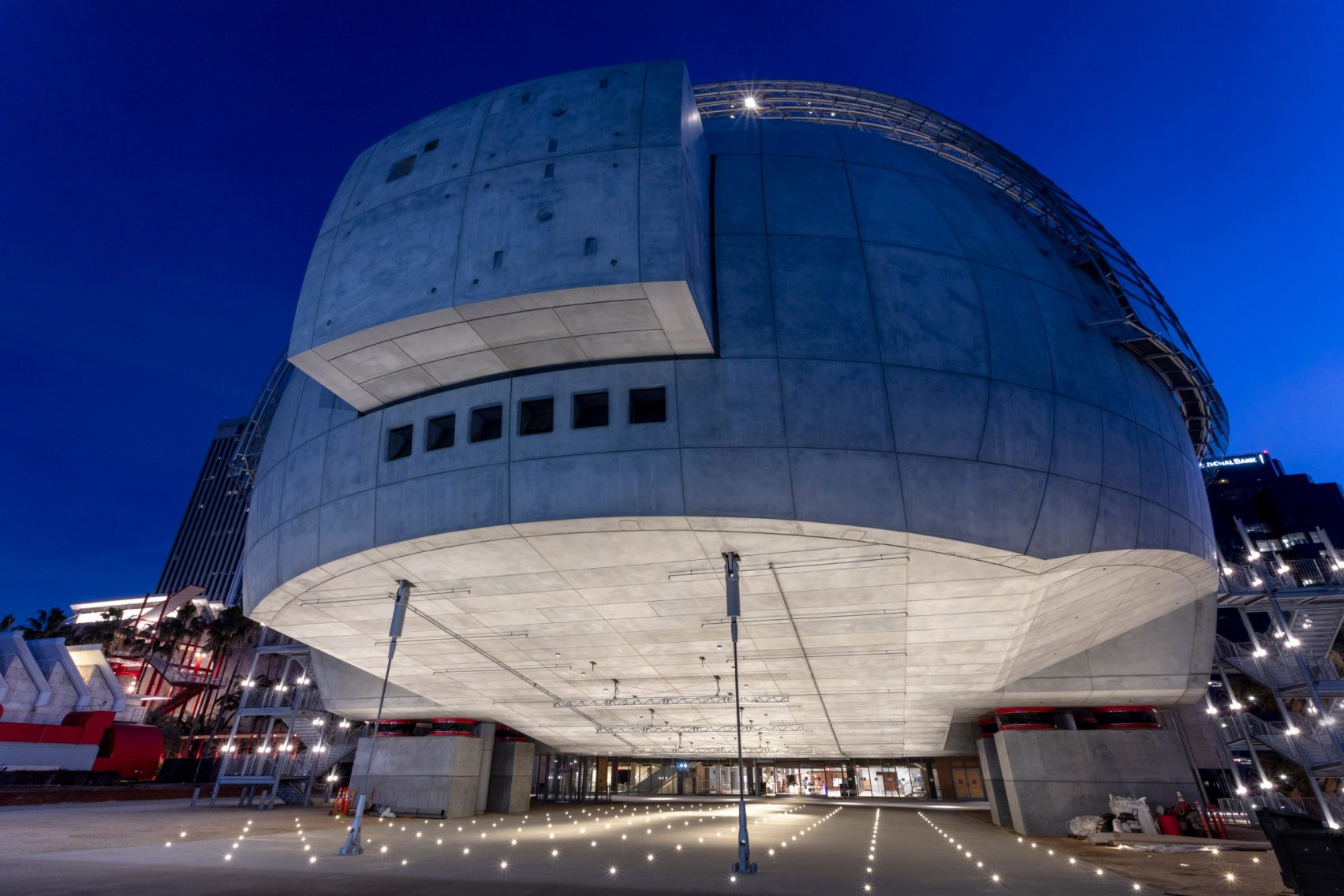
The Sphere’s base is made from steel and concrete.
Image courtesy of: Dezeen
The favorite of the museum’s permanent exhibition is an experience that encompasses the first three floors with an immersive show titled, “Stories of Cinema.” This program explains films’ evolution across directing, audio, costume design, screenwriting, special effects, audio, and cinematography… all via a collection of amazing memorabilia.
In addition, there is an incredible “Oscars Experience” and an entire room solely devoted to “The Wizard of Oz.” In order to keep the programming current and fluid, the guest curators will be switched yearly; currently, Spike Lee and Pedro Almodovar are those walking cinephiles through the galleries. Temporary shows overtake the top floors; the museum’s directors were sure to include some of the industry’s less favorable history with both racism and diversity. For example next year, “Regeneration: Black Cinema 1989-1971” will open in order to address the industry’s blindspots.
It has been a long time coming… the initial plans were unveiled in 2012… but this was a wait worth waiting for!
